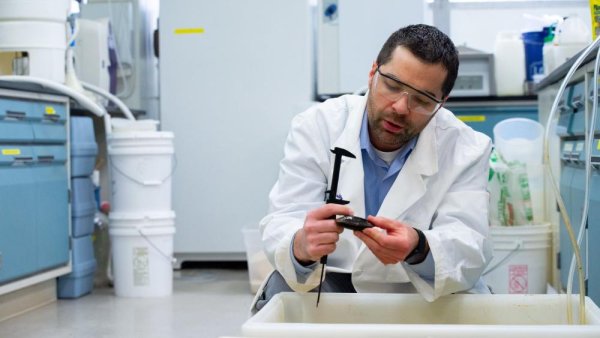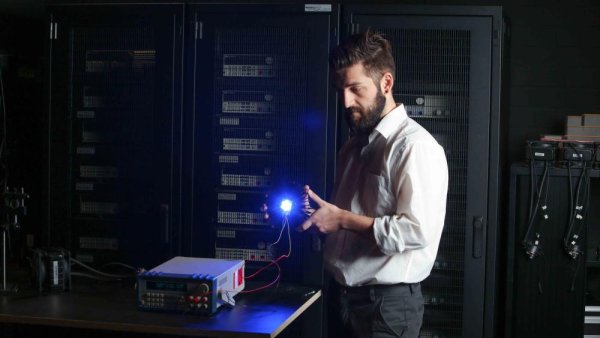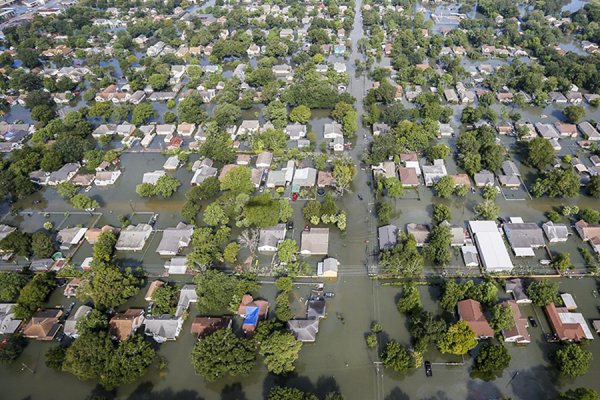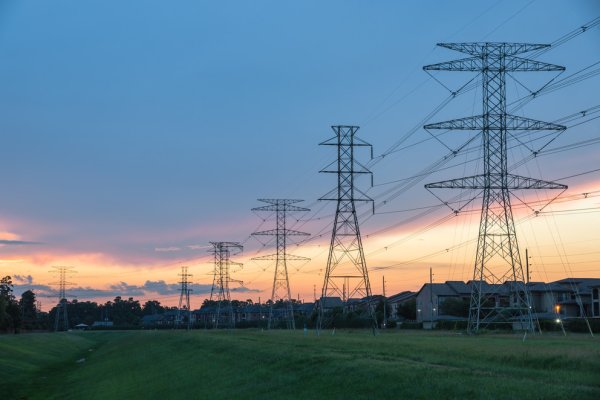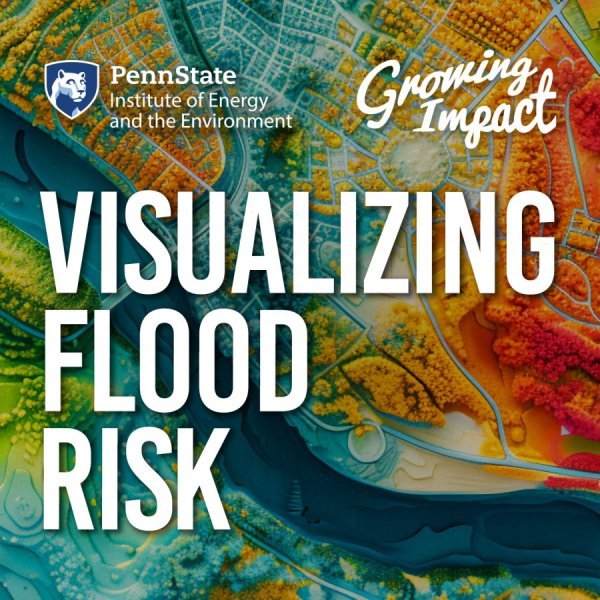Penn State lab develops new procedures to improve high-quality scanning
| psu.edu
CQI developed new processes that resulted in a high-resolution scan 3D segmented rendering of a contrast-enhanced fetal mouse, which was chosen as the cover image for the journal Developmental Dynamics.
Stuckeman School professor receives funding for renewable energy art, design
| psu.edu
Mihyun Kang, research professor in the Stuckeman School and the assistant director for sustainability in the College of Arts and Architecture, is the principal investigator on an interdisciplinary proposal titled “Renewable Energy Art and Design,” which was awarded a seed grant from the Institutes of Energy and the Environment.
Architectural engineering professor receives NSF CAREER grant
| psu.edu
Donghyun Rim, assistant professor of architectural engineering, was recently awarded a $500,000, five-year Early Career Development Program grant from the National Science Foundation. With this grant, Rim will study modeling and experimental validation of airborne nanoparticles in indoor environments.
Two faculty members join the Institutes of Energy and the Environment
| psu.edu
Two researchers have become cofunded faculty members in the Institutes of Energy and the Environment: Hee Jeung Oh, an assistant professor in the College of Engineering, and Hilal Ezgi Toraman, an assistant professor in the College of Earth and Mineral Sciences with a joint appointment in the College of Engineering.
Assistant professor recognized for green stormwater infrastructure research
| psu.edu
Lauren McPhillips, assistant professor of civil and environmental engineering at Penn State, was recently named a recipient of the 2020 Best Paper award from the ASCE Journal of Sustainable Water in the Built Environment.
Penn State researchers study how flooding has impacted Pennsylvania
| collegian.psu.edu
Two Penn State researchers are studying the area where lower rates of home ownership and the potential effects of climate change intersect. For Katherine Zipp and Lara Fowler, the intersection
Kilometers of “dark cable” form the newest seismic sensors
| scientificamerican.com
Fiber-optic cables stretching below cities, through glaciers and along the seafloor could record earthquakes and more.
Identifying the sources of salt pollution
| psu.edu
Nathaniel Warner, assistant professor of civil and environmental engineering, received a new National Science Foundation CAREER Award to research new methods of collecting water quality data.
Lighting, color science researcher joins architectural engineering
| psu.edu
Alp Durmus, a researcher who specializes in color science, lighting quality, the visual perception of architectural spaces and smart lighting systems, will join the Penn State Department of Architectural Engineering as assistant professor in mid-March.
How does flooding affect homeownership?
| news.psu.edu
Flooding is the costliest natural disaster, according to environmental economist Katherine Zipp. Over the last 20 years, flooding has caused $500 billion in global damages. In that same time period, flooding in the U.S. caused $60 billion in damages, $45 billion of which has occurred in the past five years. Zipp is part of a team that is studying how floodplain damages affect long-term housing development in high flood-risk areas.
Shedding light on the rules that govern the U.S. power grid
| news.psu.edu
Seth Blumsack is a part of a multi-university team that is studying the decision-making process that governs how people in the U.S. receive electricity.
From the Ground Up: Energy resilience begins with our buildings
| psu.edu
To solve our energy challenges, say these Penn State research engineers, we need to start with buildings, communities, and generating electricity close to the people who will use it.





